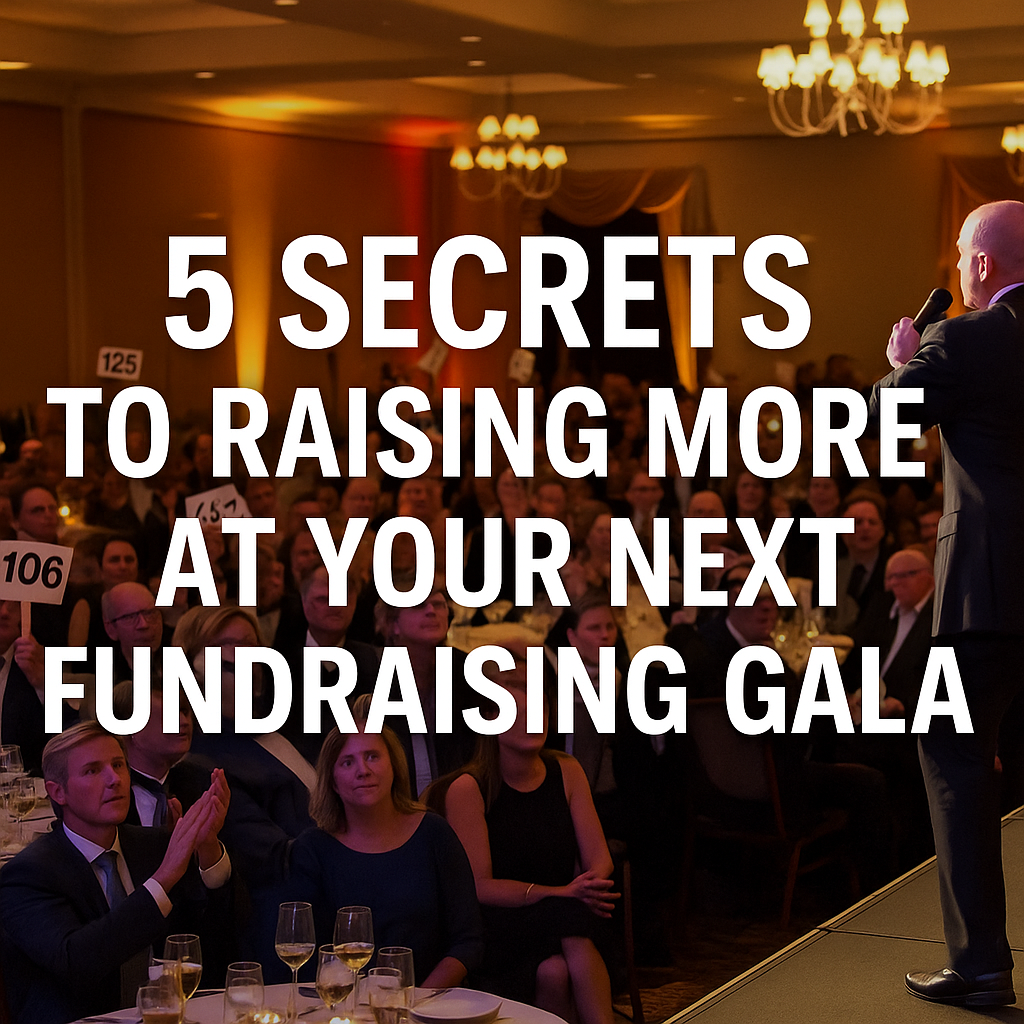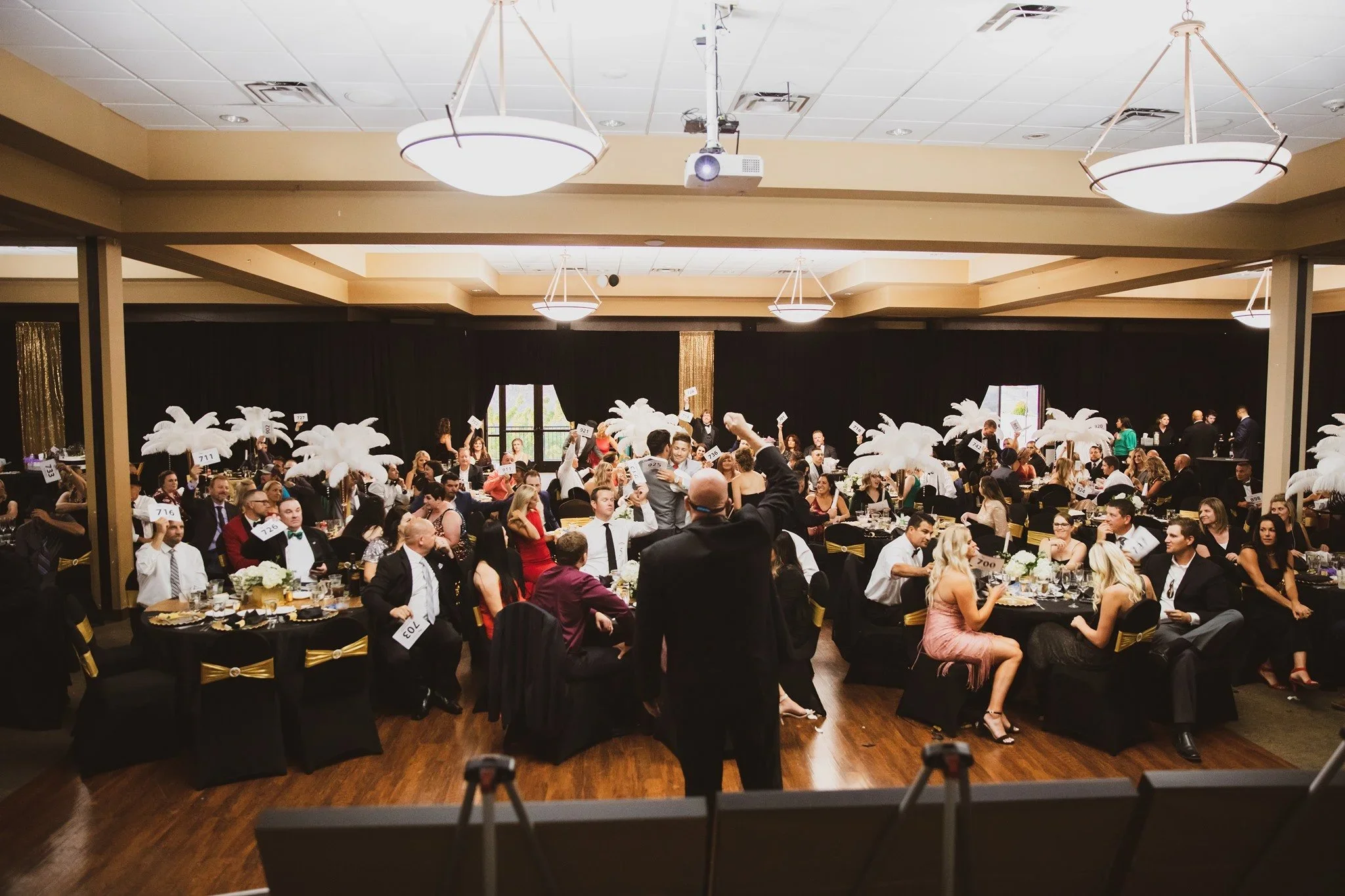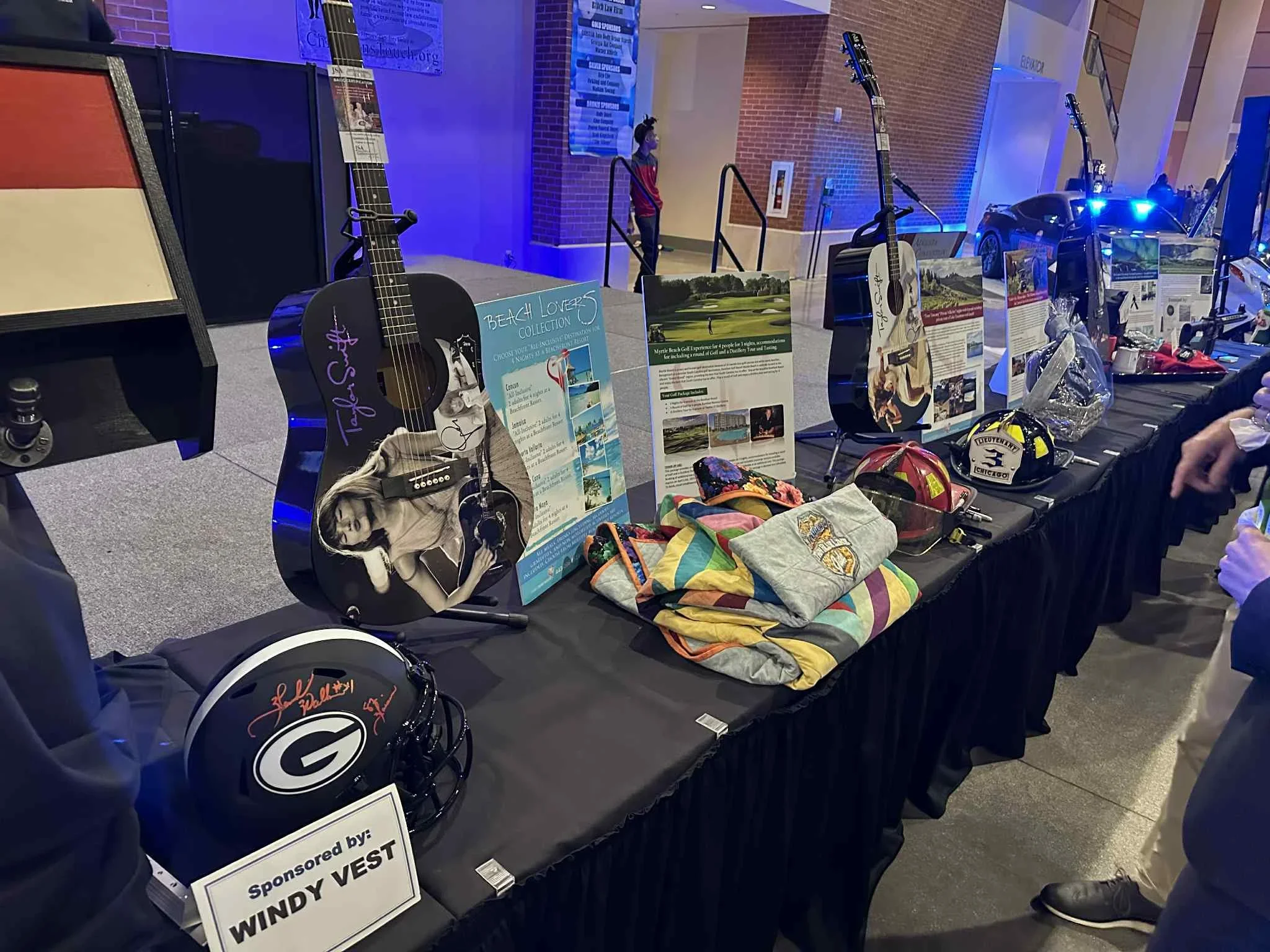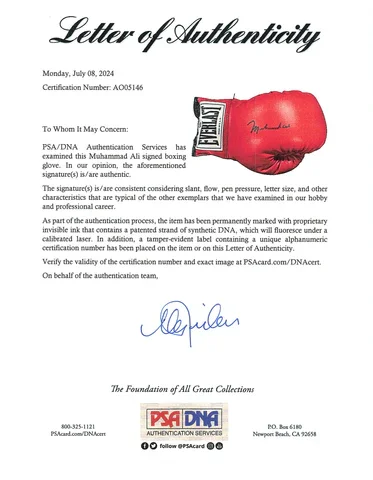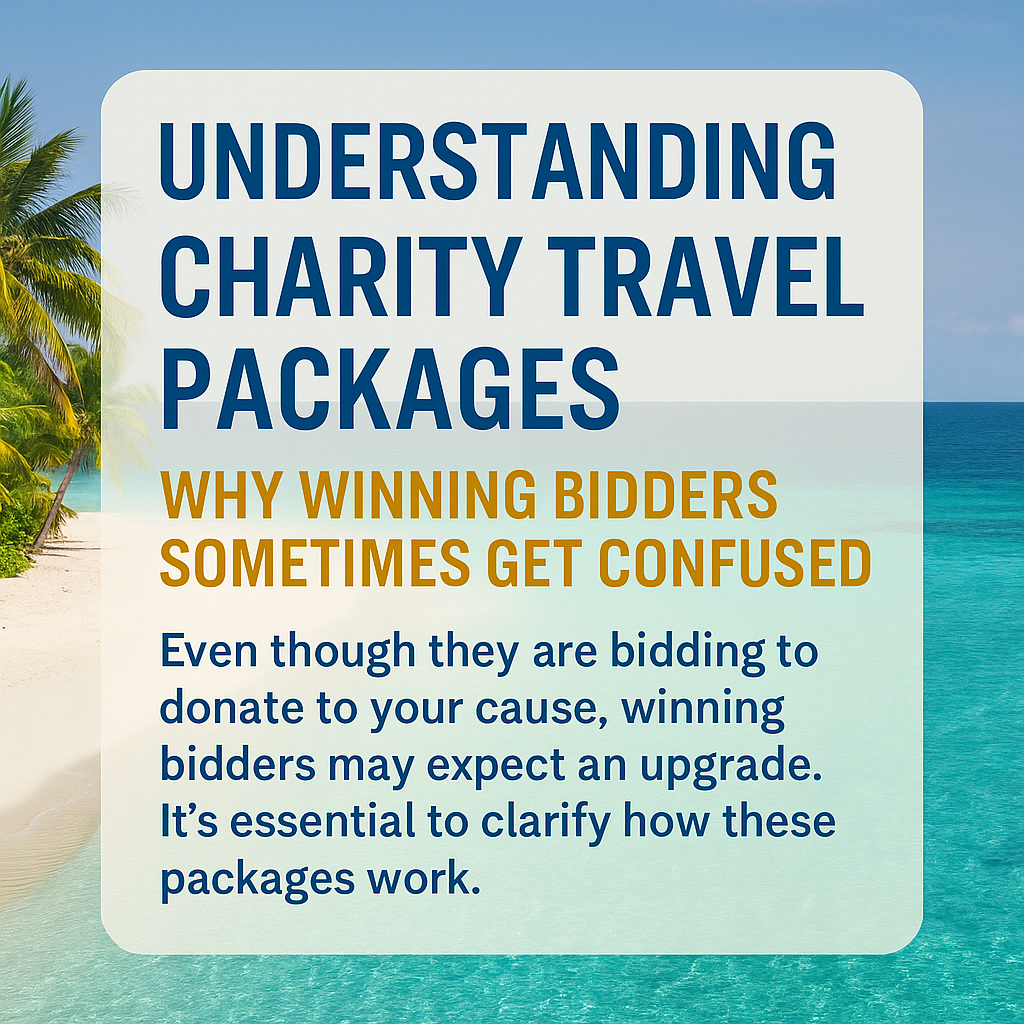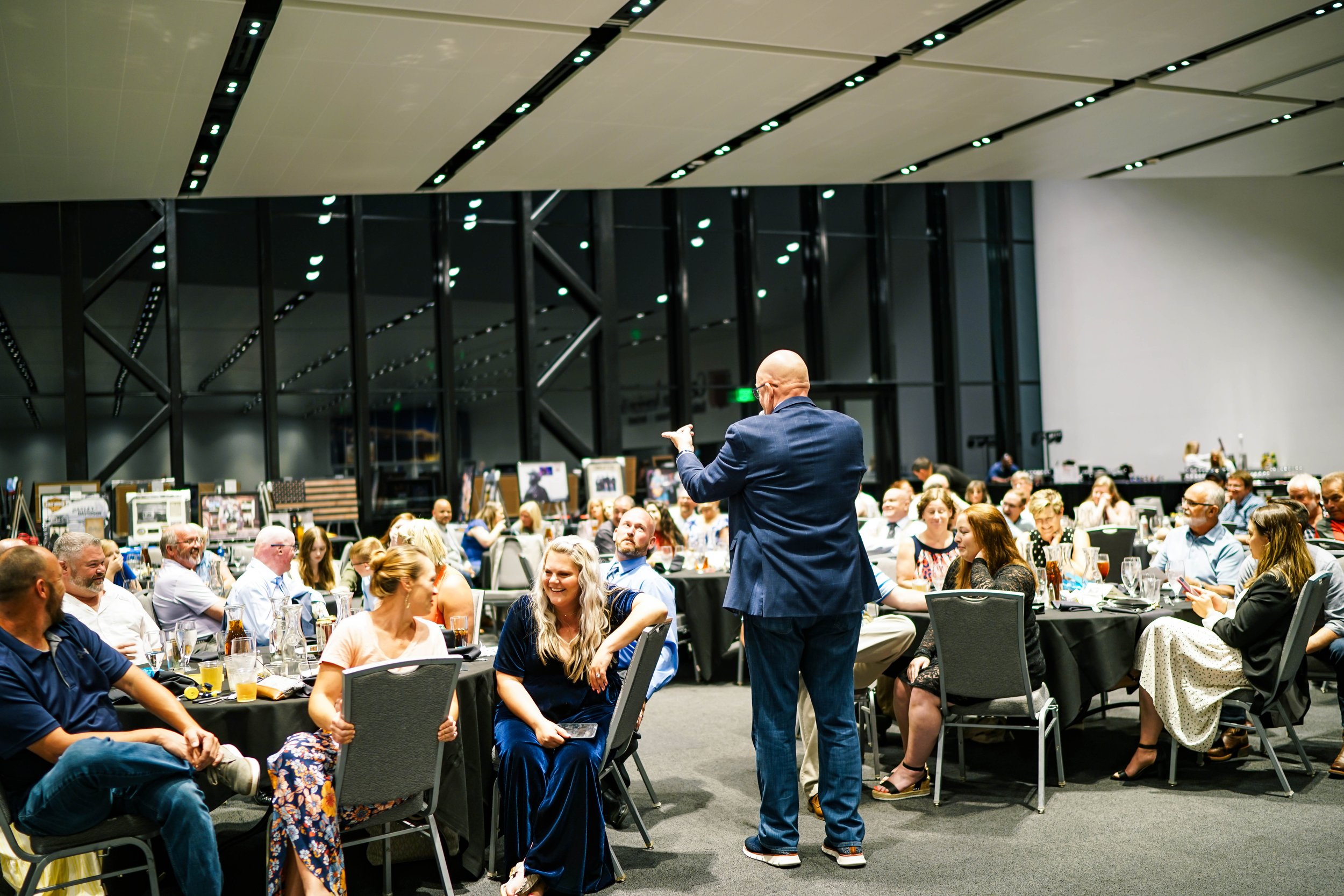A fundraising gala is one of the most powerful ways for nonprofits to inspire donors, showcase their mission, and raise critical funds. But too often, organizations miss out on maximizing revenue because of preventable mistakes in planning, promotion, or execution.
Here are five proven secrets to raising more at your next fundraising gala — strategies that nonprofits nationwide use to increase event revenue, donor engagement, and long-term support.
Secret #1: Work With a Professional Benefit Auctioneer
One of the most important choices nonprofits can make is who will lead their live auction. While many organizations rely on volunteers or board members, a professional benefit auctioneer can transform results.
Why Auctioneers Make the Difference
Skilled in driving competitive bidding
Trained to create urgency and excitement in the room
Experienced at maximizing donor participation in both live and hybrid auctions
Able to keep the program mission-focused while entertaining the crowd
Secret #2: Offer High-ROI Charity Auction Items
Not all charity auction items are created equal. To raise more money, focus on packages that inspire excitement and competitive bidding.
Top-Performing Auction Categories
Charity travel packages and exclusive vacation experiences
Autographed memorabilia and collectibles
Framed décor, artwork, and photography
Luxury accessories such as jewelry, handbags, or watches
Local VIP experiences like chef dinners, brewery tours, and golf packages
Secret #3: Promote Auction Items Early and Often
A common fundraising mistake is waiting until event night to showcase silent auction ideas. Successful nonprofits start promotion weeks in advance to build anticipation and donor engagement.
Strategies to Build Excitement
Email campaigns featuring charity auction packages
Social media teasers with images of top items
Digital catalogs or mobile bidding previews
Sponsorship tie-ins to increase visibility of auction items
Secret #4: Use Multiple FUNDRAISING PLATFORMS
The most profitable fundraising events don’t rely on just one auction type. Instead, they combine formats to appeal to different donors.
Auction Styles That Work Together
Live auctions – high-energy and best for big-ticket items
Silent auctions – wide variety of mid-level packages
Online auctions – extend reach to supporters who can’t attend in person
Hybrid auctions – blend in-person energy with online accessibility
Secret #5: Create an Inspiring Donor Experience
A fundraising gala is more than an event — it’s an opportunity to inspire donors and deepen their connection to the mission.
Best Practices to Inspire Giving
Start with a powerful mission video or testimonial
Keep fundraising collateral visible (paddles, screens, branded bid sheets)
Train volunteers to engage with guests and thank donors
Close with a paddle raise or “mission moment” that highlights impact
Final Thoughts: Putting the Secrets Together
Raising more at your next nonprofit fundraising gala doesn’t require reinventing the wheel. It requires:
Partnering with a skilled charity auctioneer
Offering high-ROI auction items
Promoting early and strategically
Diversifying live, silent, and online auction formats
Creating a donor experience that inspires generosity
By following these five secrets, your organization can plan a gala that raises significantly more for your mission and keeps supporters engaged long after the event.


